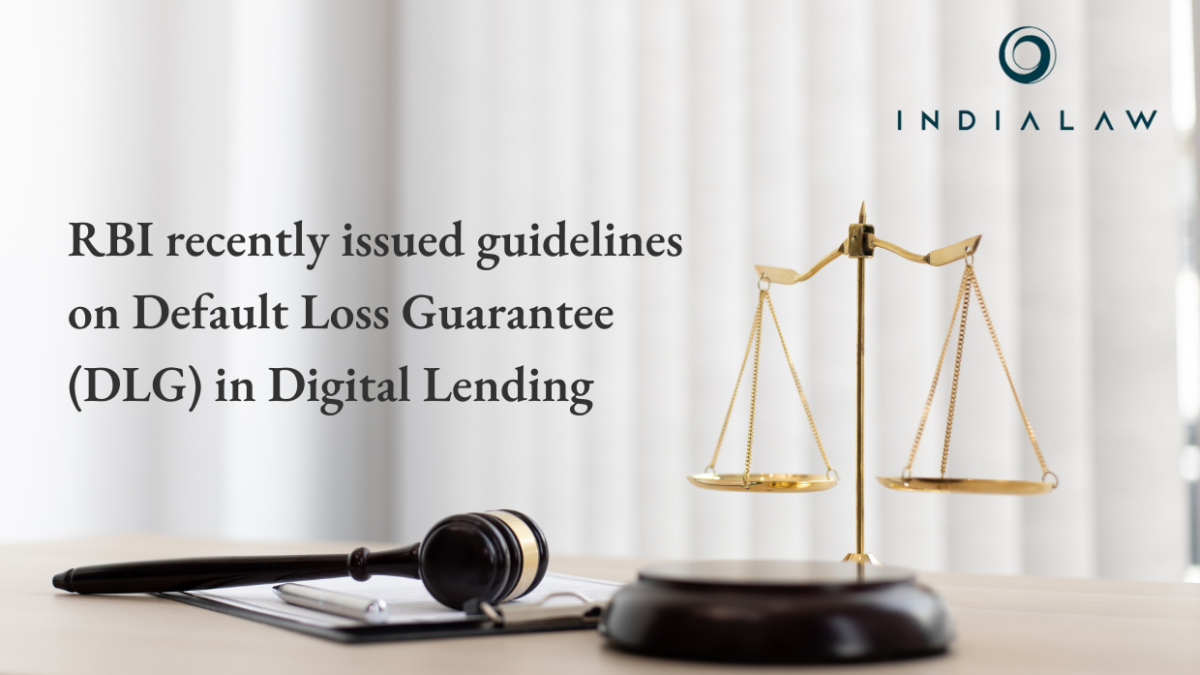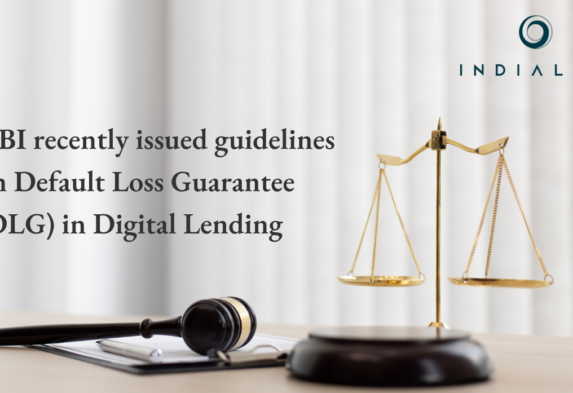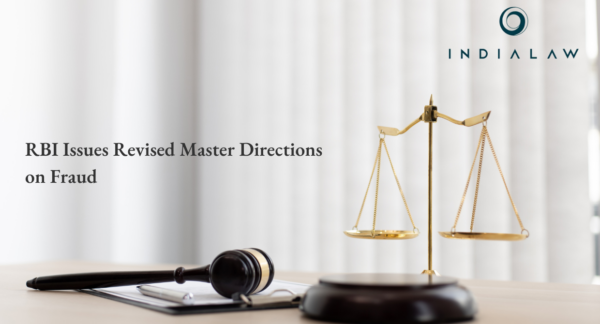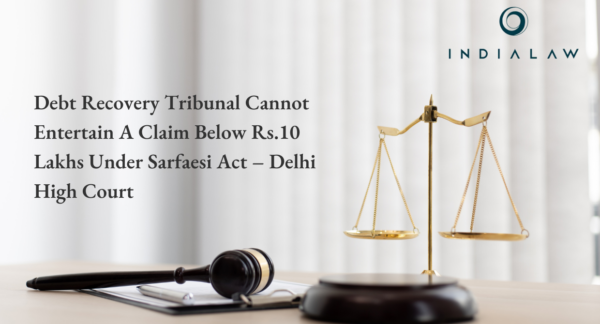RBI recently issued guidelines on Default Loss Guarantee (DLG) in Digital Lending


The Reserve Bank of India (RBI) has recently issued guidelines on Default Loss Guarantee (DLG) in Digital Lending. DLG is a contractual arrangement between a Regulated Entity (RE) and an entity meeting certain criteria, under which the latter guarantees to compensate the Regulated Entity for loss due to default up to a certain percentage of the loan portfolio. DLG shall not involve any actual transfer of the underlying loan exposure from the books of the RE to the books of the DLG Provider. In simpler terms, this means that even though the DLG provider guarantees to compensate for the loss due to default, the loan account remains on the books of the RE and is not transferred to the DLG provider.
RBI has clarified that DLG arrangements in Digital Lending conforming to the guidelines shall not be treated as ‘synthetic securitisation’ or ‘loan participation’.
Here are the key aspects of DLG covered under the guidelines:
- Scope of Application: The guidelines are applicable to DLG arrangements entered in ‘Digital Lending’ operations undertaken by Regulated Entities such as Commercial Banks, Co-operative Banks, and Non-Banking Financial Companies (including Housing Finance Companies).
- Eligibility as DLG Provider: RE may enter into DLG arrangements only with a Lending Service Provider (LSP) or other RE with which it has entered into an outsourcing (LSP) arrangement. Further, the guidelines mandate that the LSP providing DLG must be a company incorporated under the Companies Act, 2013.
- Structure of DLG Arrangements: DLG arrangements must be backed by an explicit legally enforceable contract between the Regulated Entity and the DLG provider. The contract must contain details such as the extent of DLG cover, the form in which DLG cover is to be maintained with the Regulated Entity, the timeline for DLG invocation, and disclosure requirements.
- Forms of DLG: DLG can be accepted only in certain forms such as cash deposited with the RE, fixed deposits maintained with a Scheduled Commercial Bank, with a lien marked in favour of the RE, or bank guarantee in favour of the RE.
- Cap on DLG: There is a cap on DLG, which means that the total amount of DLG cover on any outstanding portfolio shall not exceed 5% of the amount of that loan portfolio.
- Recognition of NPA: Recognition of individual loan assets in the portfolio as NPA and consequent provisioning shall be the responsibility of the RE as per extant asset classification and provisioning norms irrespective of any DLG cover available at the portfolio level.
- Treatment of DLG invoked: The amount of DLG invoked shall not be set off against the underlying individual loans. Recovery by the RE, if any, of the loans on which DLG has been invoked and realized, can be shared with the DLG provider in terms of the contractual arrangement.
- Treatment of DLG for regulatory capital: Capital computation on individual loan assets in the portfolio shall continue to be governed by extant norms.
- Invocation of DLG: The RE shall invoke DLG within a maximum overdue period of 120 days unless made good by the borrower before that.
- Tenor of DLG: The period for which the DLG agreement will remain in force shall not be less than the longest tenor of the loan in the underlying loan portfolio.
- Disclosure Requirements: The RE shall put in place a mechanism to ensure that LSPs with whom they have a DLG arrangement shall publish on their website certain details such as the total number of portfolios and the respective amount of each portfolio on which DLG has been offered.
- Exceptions: Guarantees covered under certain schemes/entities shall not be covered within the definition of DLG.
- Due Diligence and other requirements with respect to DLG provider:
- REs shall put in place a Board approved policy before entering into any DLG arrangement.
- Such policy shall include, at the minimum, eligibility criteria for the DLG provider, nature and extent of DLG cover, the process of monitoring and reviewing the DLG arrangement, and details of fees payable to the DLG provider.
- Any DLG arrangement shall not act as a substitute for credit appraisal requirements.
- Every time an RE enters into or renews a DLG arrangement, it shall obtain adequate information to satisfy itself that the entity extending DLG would be able to honour it.
- Such information shall include a declaration from the DLG provider on the aggregate DLG amount outstanding, the number of REs and the respective number of portfolios against which DLG has been provided, and past default rates on similar portfolios.
Disclaimer: This post is intended to provide a general overview of the Reserve Bank of India’s guidelines on Default Loss Guarantee (DLG) in Digital Lending. It is not intended to provide legal advice or to be relied upon as such. The information contained in this post is for informational purposes only. Readers are advised to seek professional legal advice before taking any action based on the information contained in this post





[…] Read More […]